By Rick VanSickle
This is the second full year of life with COVID, and while we began to (briefly) enjoy more freedoms in 2021, at least for the double and triple vaccinated among us, it was anything but back to normal.
Stops, starts, fighting for vaccination appointments, trying to interpret whatever colour code we were entering/exiting, ditching those codes, endlessly reserving spots at wineries or restaurants, masks on, masks off, elbow bumps, fist pumps, awkward hugs … you get the picture. This is our world now and it feels like it’s going to be this way for a long while yet.

If your one and only job is to taste wine and talk about it with the people who make it, it was like playing dodge ball in 2021. Can we taste? Do you have two shots? Are you comfortable with tasting? Where do we taste? Each and every tasting I was invited to in 2021 had a different approach. Some wineries that I would normally visit didn’t do any in-person tastings at all in 2021 and others found a way to keep it safe for everyone involved. Large tastings were a thing of the past and those cold calls at wineries? Forget about it.
So, with this annual Most Thrilling Niagara Wines of the Year list for 2021, it should be noted, Wines In Niagara (hi, it’s me, Rick) didn’t get to as many in-person tastings as one would like. Many of the wines tasted in 2021 were via sample, sent to my front porch, for tasting and possible review. That is not how I prefer it, but for the most part that is how it occurred in a COVID world. It should also be noted, samples are sent unsolicited and we do not accept requests for paid-for reviews or sponsored posts. Our revenue is 100% derived from the support of our advertisers (thank you!).

If I had it my way, in perfect world, I would taste all wines in a dimly lit barrel cellar or picnic table among the vines with the person(s) who made the wine so I can get a better understanding of what they were trying to do with the wines before us. I crave the human connection to wine rather than the antiseptic nature of tasting wines alone in my living room.
So, here we are, and the list must go on, this being the 13th straight year for the Most Thrilling Niagara Wines compilation. I have laboured over it for weeks, adding, subtracting and slashing the list down to the 21 most exciting white and red wines released in 2021. Yes, you read that correctly. Twenty-one wines this year, 10 white wines and 11 red wines, because, well, it’s 2021 and I added an 11th wine that I only tasted last week and didn’t feel like booting off someone already on the list. So, sue me!
Heavy on my mind when constructing a list like this are two crucial questions: Is the list representative of what does best in Niagara? Does it fairly represent all Niagara wines?
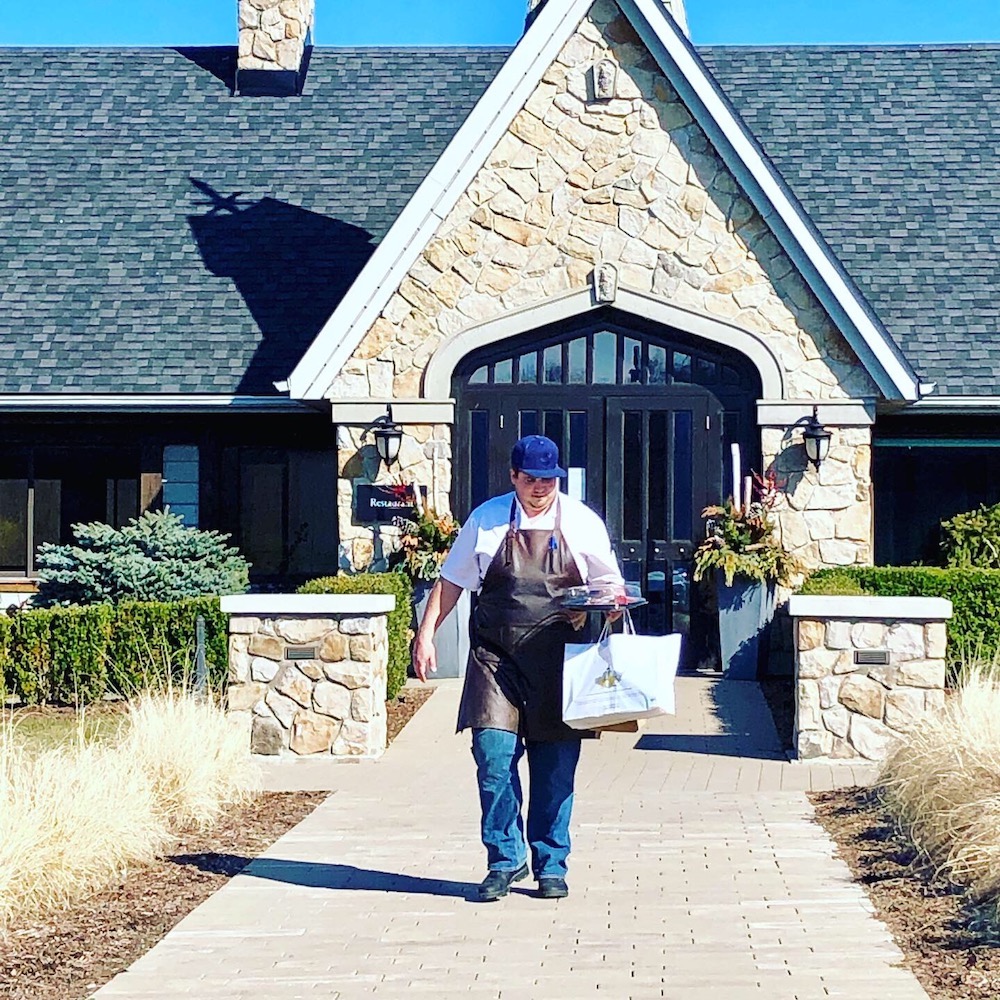
I think that depends on what you like to drink. The list is laden with the Big Four Niagara varieties — Chardonnay, Riesling, Pinot Noir and Cabernet Franc — but it also has some surprises. There are a few repeat wineries and wines on this list, partially a reflection of where I go and taste in my travels around Niagara, but also because they are consistent vintage to vintage at the top end. And, let’s face it, many wineries in Niagara don’t appreciate having critics sniffing around their wines, or prefer a select few writers or publications they trust to taste their wines for review to reach the audience they want. Also, we have seen a big move in the last year toward paid partnerships, sponsorships and paid reviews with “content providers” usually on Instagram willing to accept payment for positive feedback. That is definitely not Wines In Niagara.

This “best of” list is garnered from the hundreds of wines tasted and reviewed on this website since last January in over 130 separate posts. Curating the list is an agonizing endeavour that causes many a sleepless night and added stress that’s never in short supply this time of the year. But, hey! No one ever said this job was going to be easy.
It is not my intent to claim these wines are the absolute best Niagara has to offer — because, without tasting each and every wine, how could I? It is a subjective list that is culled from the wines that I have tasted, some re-tasted, and others even re-evaluated. It is based on the thrill factor and not necessarily on points given (although the average score of the wines on this list is 93.65, up slightly from 2020). I realize that not all palates align with mine and there will be some wines that might raise an eyebrow or two. That is exactly what makes wine enjoyment so fascinating.
I have also implemented a few rules for the list.
• Spread out the love, which means only one appearance on the list per winery;
• 10 Chardonnays or 10 Rieslings or 10 Pinot Noirs or 10 Cabernet Francs would be boring, think outside the box (although, the list is dominated by Pinot Noir and Chardonnay);
• The 10 Most Thrilling Niagara Red and White wines of 2021 are listed in alphabetical order with the original scores included (a change from 2020);
So, without further adieu, the Most Thrilling Niagara Wines of the Year are:
Drum roll, please …
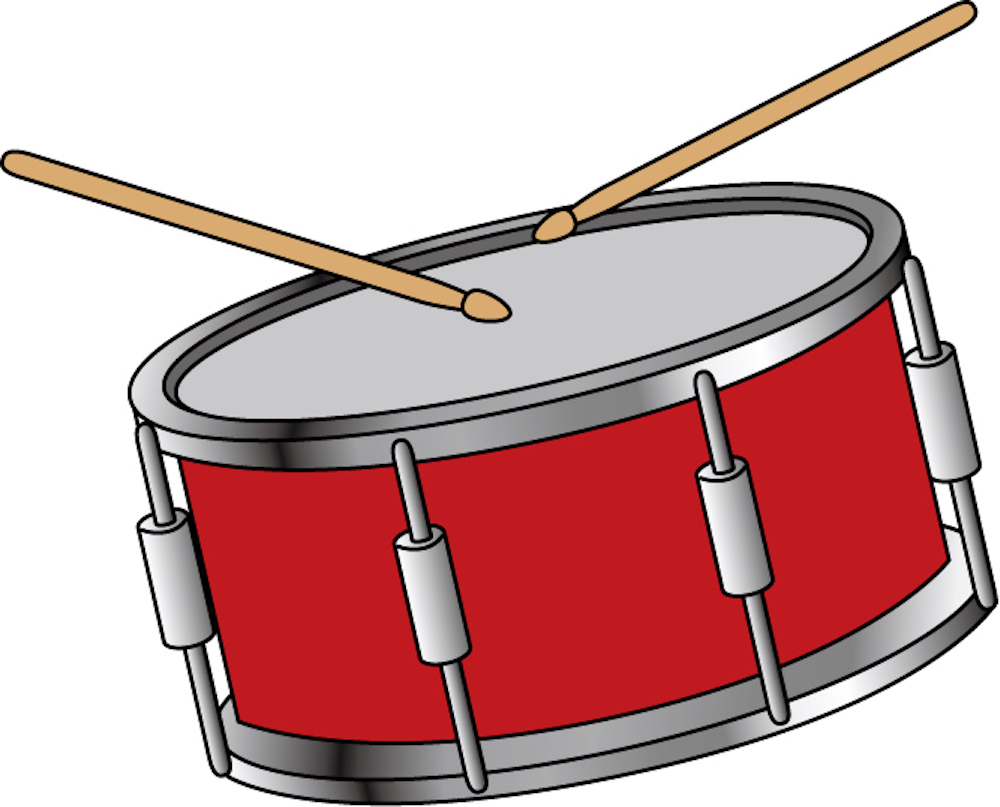
The Most Thrilling Niagara Red of the Year is the Vineland Estates Legacy Cabernet Franc Infinity Vintage and the Most Thrilling White of the Year is the Bachelder Wismer-Wingfield West Chardonnay 2019.
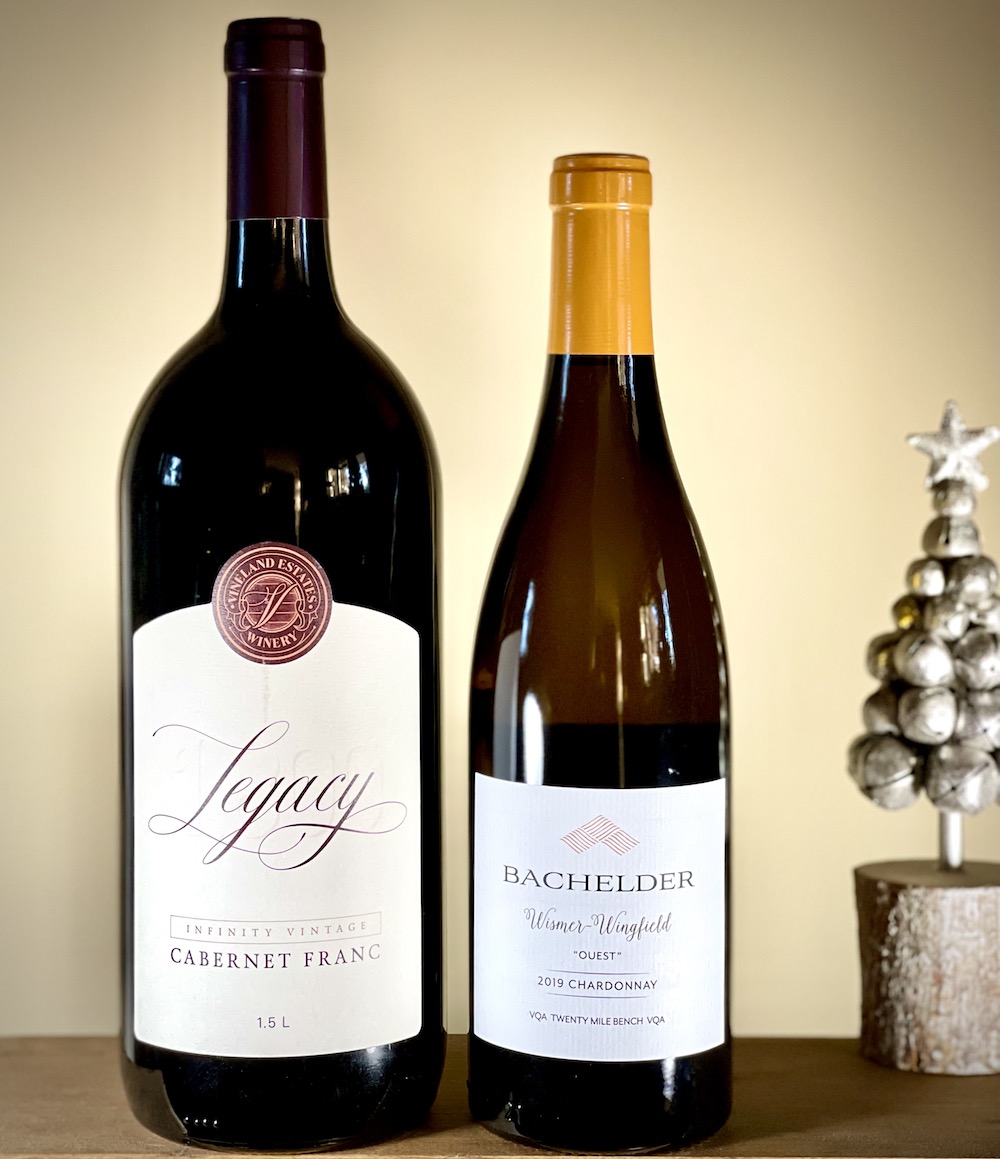
It’s not the first time Vineland Estates has made this list, both the St. Urban Vineyard Riesling and Bo-Teek Vineyard Cabernet Franc have been frequent visitors to the list over the years, but it is the first time the Twenty Mile Bench winery has been named at the top of either list. The Legacy Cabernet Franc Infinity Vintage is just one of those wines that took me by complete surprise when I tasted it only recently and I instantly fell in love with it, not only because how it tastes, but also the incredible story of how it came to be and the intricate planning winemaker Brian Schmidt put into this over a decade. You will understand completely in the notes for the wine below.
As for the Bachelder Wismer-Wingfield West Chardonnay 2019, this is a frequent name on top of this list and for good reason — it is simply one of the best Chardonnays made in Niagara (and I would say Canada) year after year. I know, boring, right? Look, there are plenty awesome Chardonnays on this list that I believe can compete with some of the top Chardonnays in the world, but I gave winemaker Thomas Bachelder’s 2019 version of the Wismer-Wingfield West Chard 2019 the highest score ever handed out on Wines In Niagara for a white table wine. I can’t turn my back on that, it would a mistake. I even re-tasted the wine looking for something that would change my mind, but it only solidified my decision here.
Fun with numbers:
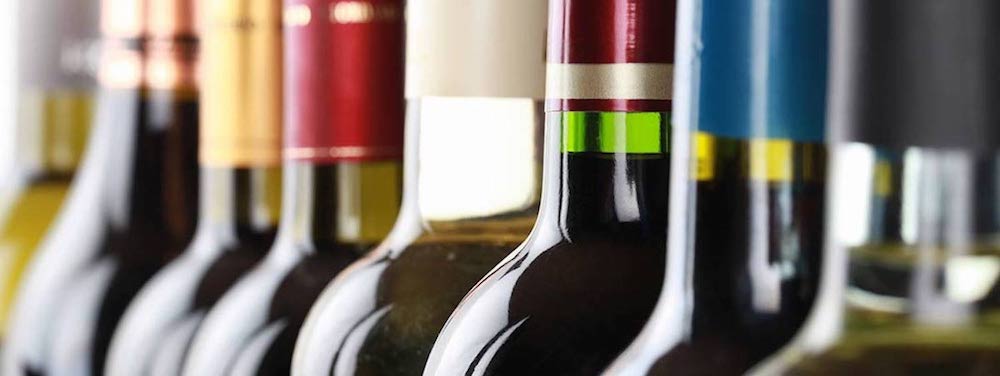
• Total price of white wines on this list: $467 (up from $367 last year. Note, one of the wines was a 375 mL bottle;
• Total price of red wines on this list: $833 (up from $611 last year). Note, one of the wines was a magnum, oh, and I added an extra wine this year;
• Most expensive white: $75, Two Sisters Eagle Eye White 2019;
• Least expensive white: $26, Jackson-Triggs Grand Reserve White Meritage 2020;
• Most expensive red: $300 for a magnum, Vineland Estates Legacy Cabernet Franc Infinity Vintage;
• Least expensive red: $30, Malivoire Courtney Gamay 2019;
• Fun fact: Vineland Estates went from least expensive wine last year, $20 for the Vineland Estates Elevation Riesling 2019, to most expensive this year for the $300 Legacy (even when doing the math on the magnum … and, it should be noted, a third of the price of the bottle goes to charity);
• Average price for all wines on both lists: $61.90 (up from $48.90 last year);
• Average score Wines In Niagara awarded the red wines: 93.6, up slightly from 93.6 last year;
• Average score Wines In Niagara award the white wines: 94.2, up slightly from 93.2 last year;
• What it would cost for you to buy them all: $1,300 ($322 more expensive than last year, but you get one more bottle);
• Number of Chardonnays on the list: 6 (there were 6 last year, as well);
• Number of Rieslings on the list: 1 (there were 4 last year);
• Number of Pinot Noirs on the list: 5 (same as last year);
• Number of Cabernet Francs on the list: 2 (there was only 1 last year);
The Most Thrilling Niagara
White Wine of the Year
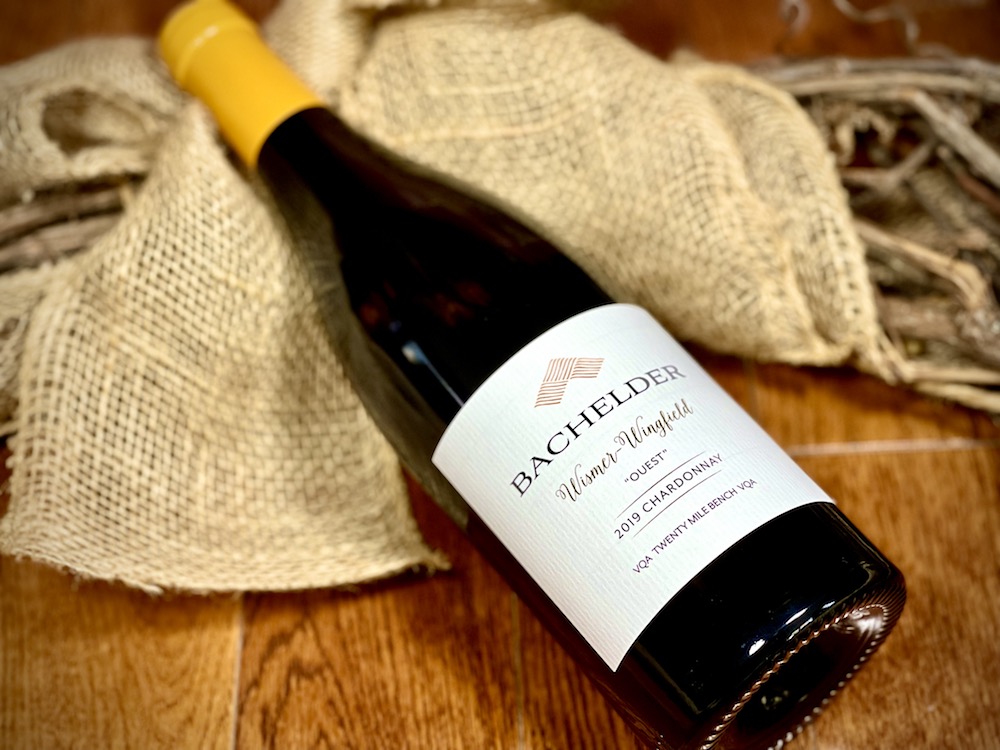
Bachelder Wismer-Wingfield West Chardonnay 2019 ($48, 96 points) — This consistently exquisite Chardonnay is sourced by from “the hill of Wingfield,” in what Thomas Bachelder not so quietly refers to as “grand cru” even though it is a classification that still has no standing in Niagara (but should!). The Chard grown in this parcel, which is at the highest elevation and furthest from Lake Ontario, are the latest ripening in Wingfield. As Bachelder says, and in this I agree 100%: “This wine’s beauty is certainly at least partially in the eye of the beholder, but, come on, the Wingfield is grandiose!” The vineyard is located 6.8 km from Lake Ontario at an altitude of 160 metres. The Wingfield parcel has always shown profound, singular terroir on a perfectly exposed, well-drained slope on the east side of Victoria Street in Vineland.
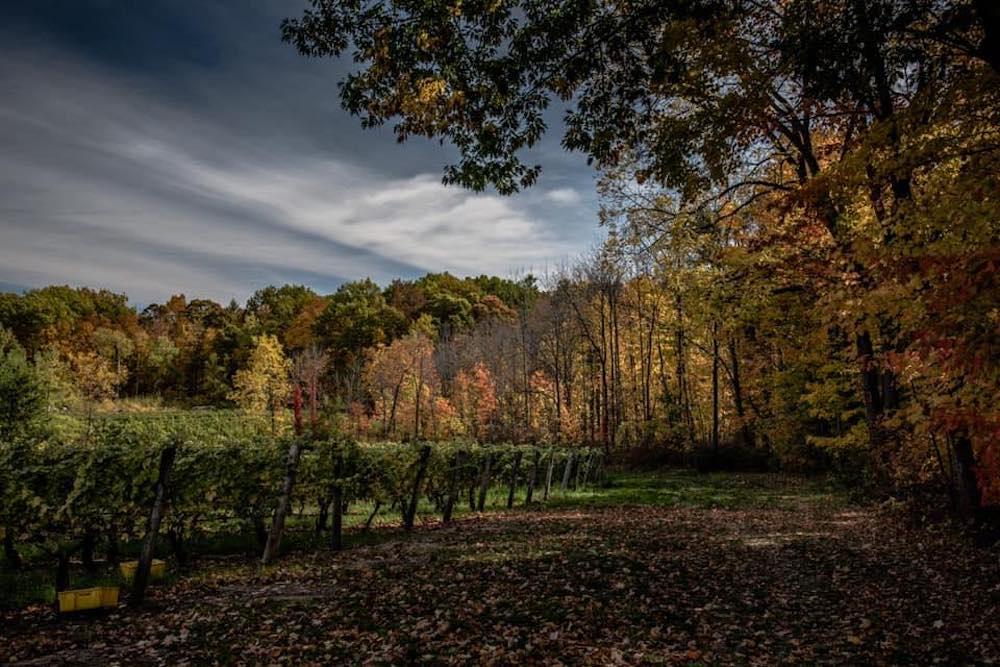
Wingfield, shown above, is picked 10 days to two weeks after other Chardonnay vineyards in the Bachelder family. The vines are now nearly 30 years old, planted in 1993 on lighter silty/clay and dolomitic limestone soil, and shows the classic Vineland (as distinct from Jordan) combination, of what Bachelder calls “plush richness and tight minerality.” The Wismer-Wingfield block has always been sourced from the western part of the parcel, which makes for a long hang-time and “an intense, rich, noble flavour, overlaid by a tight, long minerality.” It has been named (more than once) as Wines In Niagara’s Most Thrilling Wine of the Year and consistently scores 93+ points (the 2018 was awarded 94 points). The 2019 version is a wonder, the best ever produced and worthy of all the accolades it is getting, even if it needs time to fully reveal itself. Such a gorgeously perfumed and floral nose with ripe pear, bergamot, granny smith apple, vanilla toast, light creamy accents, elegant oak spices and defined by a stony/slate minerality that is just beginning to reveal itself. But, OMG, one taste and it vaults to another level. It’s rich, dense and concentrated on the palate while still maintaining a saline, stony, flinty minerality profile. Next comes defined fruits of ripe pear, lemon curd, apple skin and an ever-so-subtle note of reduction that makes this highly complex and attractive with rich and toasty spices and an eternally long and finessed finish. Tight, yes, but wait for this to fully reveal itself. Cellar 7+ years, but try at least one of them now so you can watch the evolution.
The rest of the Most Thrilling
Niagara White Wines of 2021

Flat Rock Cellars The Rusty Shed Chardonnay 2019 ($33, 93 points) — This top of the line Chardonnay from the estate’s Twenty Mile Bench vineyard represents a barrel selection of Chardonnays chosen for their richness, texture and subtleties of oak. This is deep and complex on the nose with ripe pear, golden apple, nougat, citrus accents and biscuity/creamy notes and spice. It’s rich, layered and expressive on the palate with a ripe attack of pear, quince and lemon zest to go with elegant oak spice notes, a creamy texture, underlying minerality and all driven by racy acidity to keep it lively through the finish. Really fine Chardonnay that will benefit from 5+ years in the cellar.
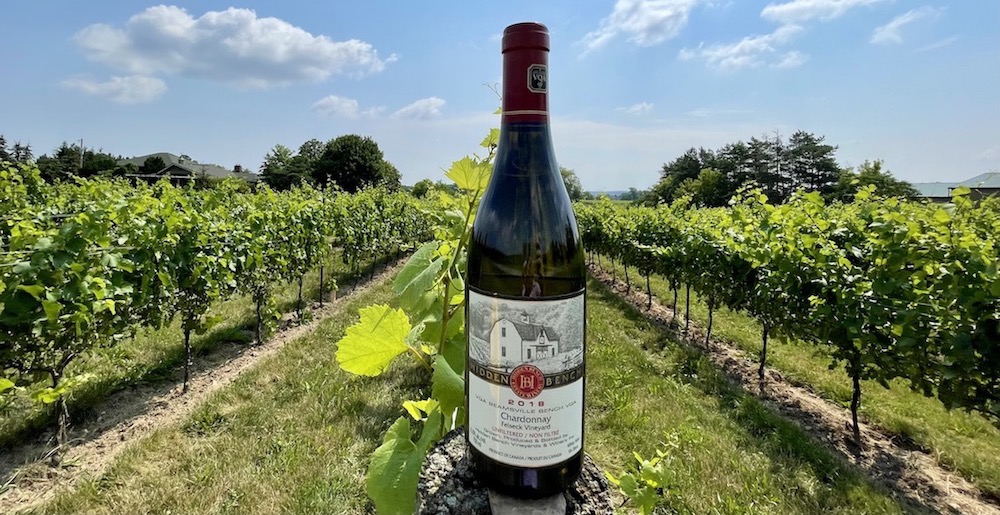
Hidden Bench Felseck Vineyard Chardonnay 2018 ($45, 94 points) — The fruit for this organically certified estate Chardonnay is 61% from the heritage Block 320 planted in 1992 and the balance from a 2009 high density planting. Aging was done in 91% French oak (18% new oak) and 9% concrete egg for 14 months. Everything is on point with this beautiful and soulful Chardonnay that starts with fresh saline/crushed seashell notes and quickly turns to pear, flinty minerality, lemon zest, integrated spice and toasted almond notes. It caresses the palate with intensity and verve with rich pear, nectarine, apple, subtle citrus notes and a complex array of wet stones and flint. It has gorgeous texture with toasty almonds and elegant spice and vanilla accents all leading to an extremely long and finessed finished. This is a wine deserving of the recognition it just received. Will be a nice treat to tuck away in the cellar for 5+ years.
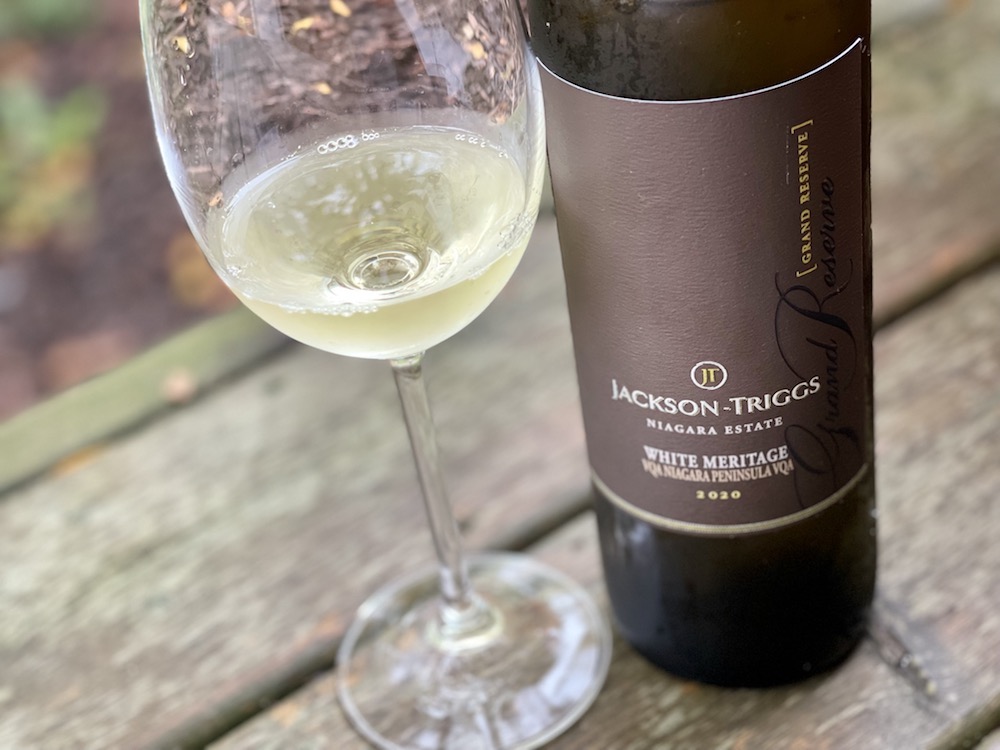
Jackson-Triggs Grand Reserve White Meritage 2020 ($26, 92 points) — This partially skin-contact Sauvignon Blanc (80%) and Semillon (20%) blend was harvested from Delaine Vineyard (Sem) and Tufford Road Vineyard (SB). The SB was fermented in stainless steel while the Sem was fermented in older French oak barrels. This is a style of wine that does so well in Niagara and the Grand Reserve Jackson-Triggs’ version is a wonderful example of that. It has an enticing nose of grapefruit, peach skin, gooseberries, pear, melon and light herbs and spice. It has lovely texture on the palate with notes of pear, grapefruit, herbaceous notes, gooseberries, touch of honey and spice but fresh and crisp on the finish. A great job here at an attractive price. Can cellar 3+ years.
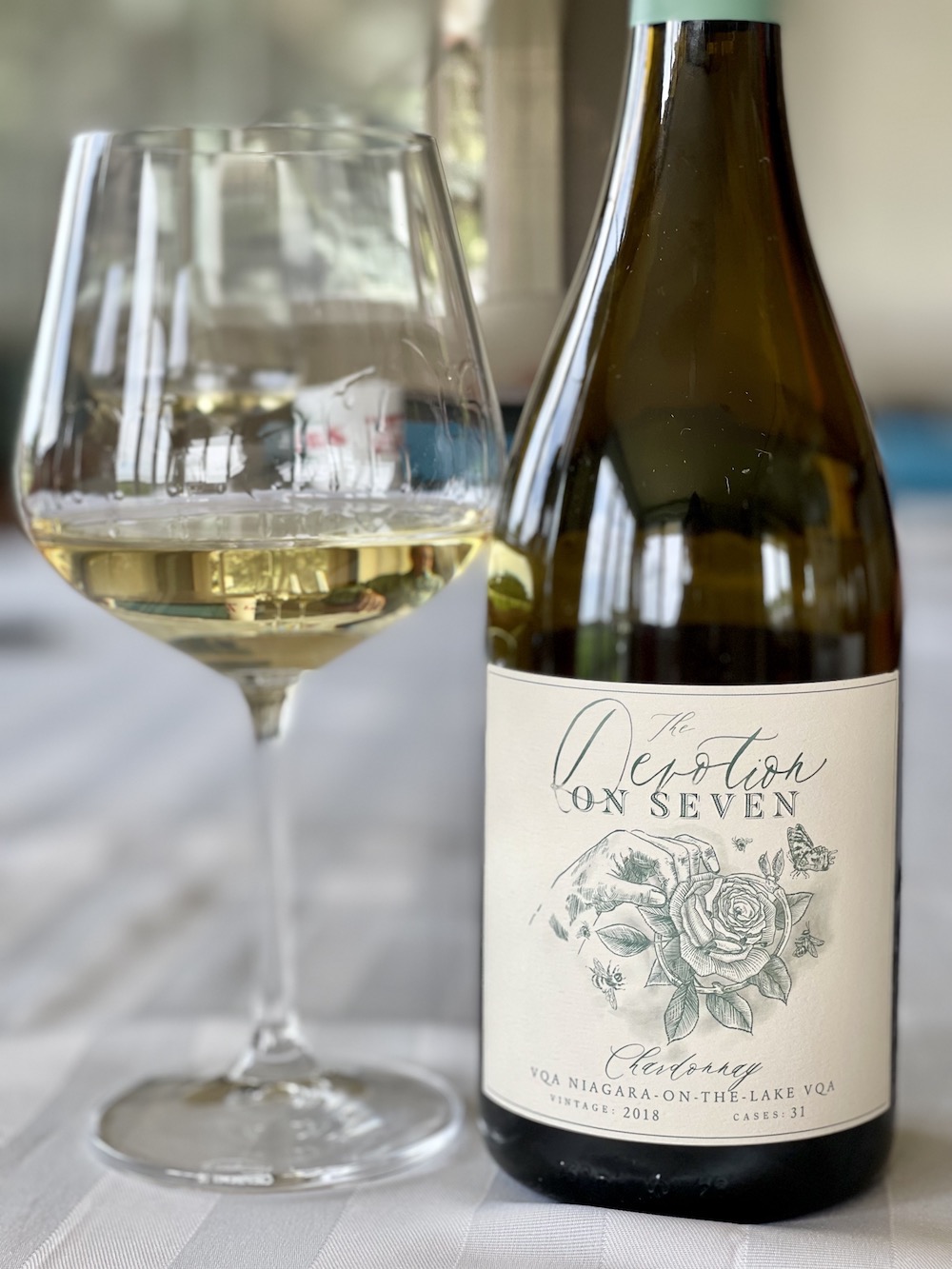
On Seven The Devotion Chardonnay 2018 ($65, 94 points) — The Devotion is a blend of Chardonnay from the finest retention of the soils at the Niagara-on-the-Lake estate vineyard owned by Vittorio De Stefano with the winemaking and consulting by Peter Gamble. Gamble zeroes in on the best barrels and clonal differences for this top Chardonnay from the estate. The fruit was hand-harvested and the whole clusters were then pressed to produce juice. After settling to remove gross lees, the juice was transferred to French oak barrels (20% new, 80% neutral) for fermentation and aging. After 18 months in barrel, the wines were coarsely filtered and bottled. It shows a slightly deeper golden colour in the glass than the Pursuit Chardonnay (core wine in lineup) and is tighter on the nose until you swirl to open it up. The reward is immediate; pure elegance, quince, lemon zest, crushed rock, salinity, subtly buttery notes, nougat and fine spice accents. There is depth, concentration and persistence on the palate with ripe pear and golden apple melting seamlessly into the wet stone minerality, zesty citrus notes, elegant spices, toasted almonds and vanilla and a long, long finish driven by electric acidity. This is a long-lived Chardonnay that will reward with extended time in the cellar. It is a must for lovers of fine Chardonnay.
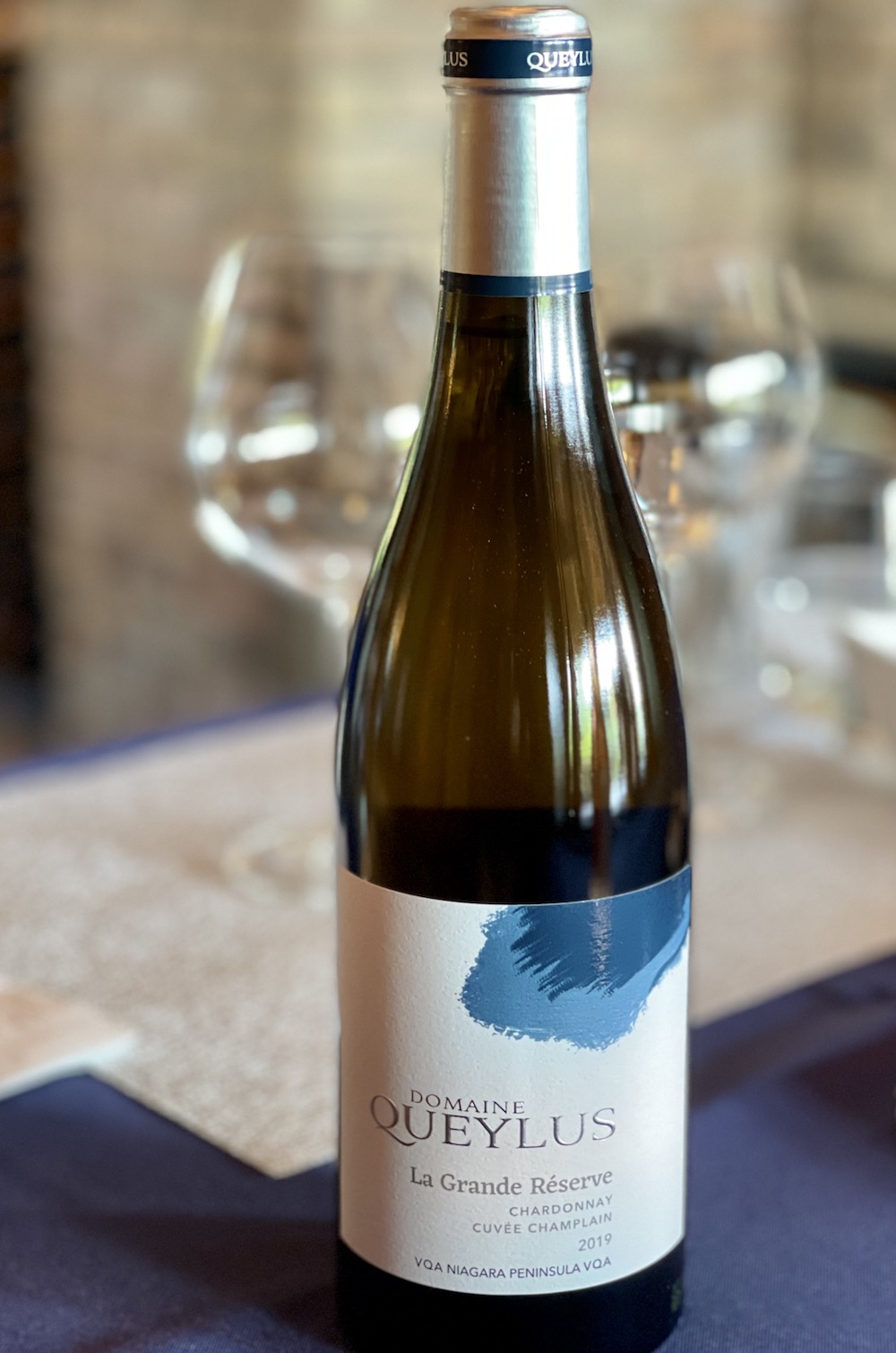
Domaine Queylus La Grande Cuvée Champlain Réserve Chardonnay 2019 ($50, 94 points) — For the assemblage on this signature Chardonnay at the estate, winemaker Kelly Mason wanted a wine that shows more restraint with less oak and less of those fruity tropical notes. The wine spent 24 months in 100% French oak with only 5% new oak. “I’m looking for balance and good acidity,” Mason said. It has a beautifully elegant nose of perfumed pear, flinty/stony minerality, ripe apple, vanilla cream, toasted almonds and underlying spice notes. There is richness and elegance to this wine on the palate with pear, quince, lemon tart, vanilla toast, wet stones, precision, vibrancy and length through a long, lifted and finessed finish. This is a gorgeous Chardonnay that will benefit from 5+ years in the cellar, perhaps more.
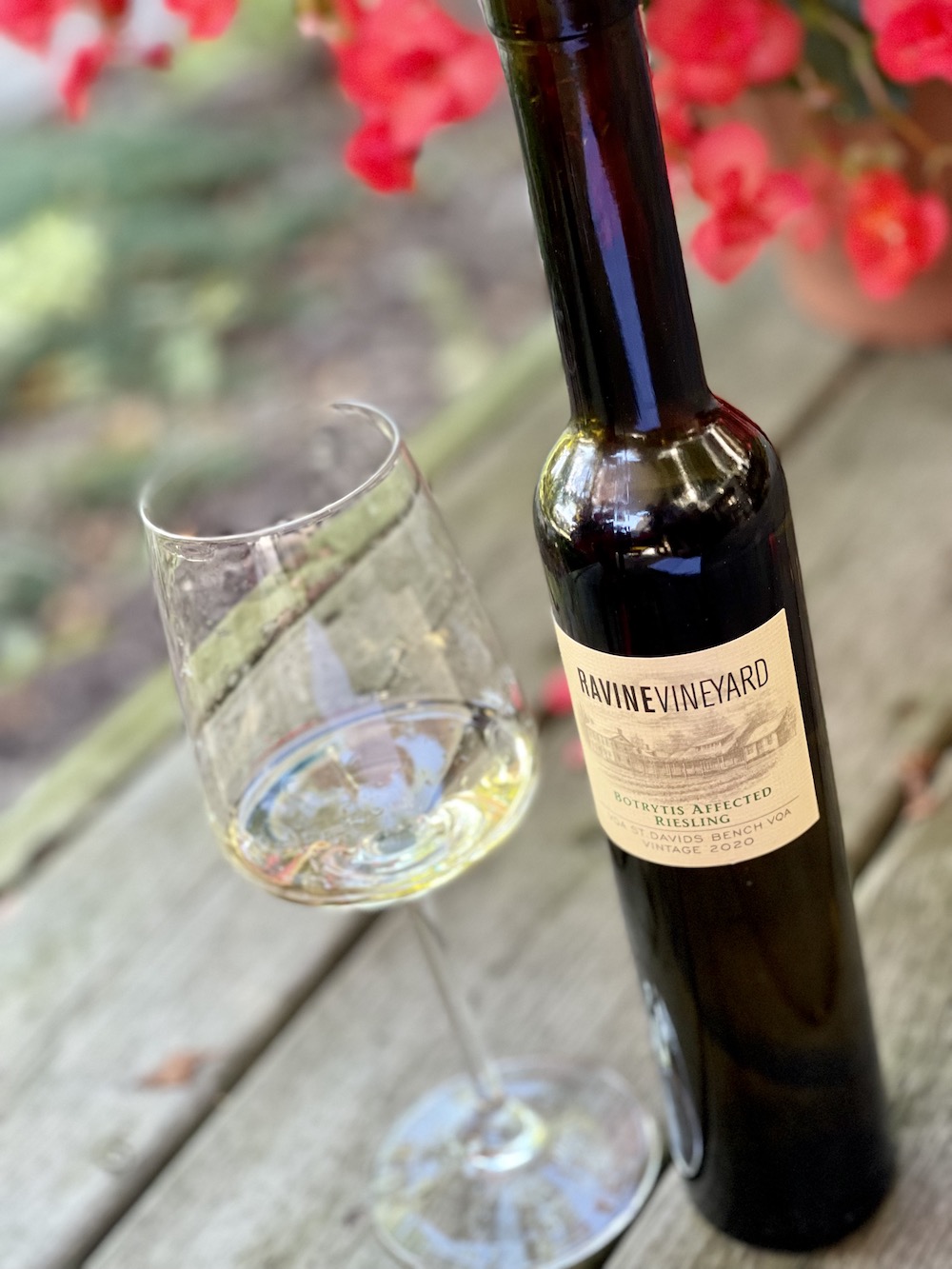
Ravine Botrytised Affected Reserve Riesling 2020 ($38 for 375 mL, 95 points) — My word, what an explosive nose that begins with apricot jam, lime for miles, peach preserves, lemon meringue, honeycomb, beeswax, lanolin and even a subtle mineral note. Here’s where it gets even more interesting. That first sip is magical with a sweet and provocative mouth of apricot tart, peaches in honey, layers of sweet marmalade, mango, dripping in raw honeycomb, lanolin and, ginger in a layered and hedonistic style with layer after layer of new flavours that keep coming at you. It has such a luxurious waxy, silky texture and is clean, polished and focused on a finish that is awash in juicy acidity. It will just get better and better with age. Winemaker Lydia Tomek has absolutely nailed this style of wine from the ripe 2020 vintage.

Stratus White 2017 ($39, 94 points) — The blend for this top assemblage from Stratus is 39% Sauvignon Blanc, 26% Chardonnay, 23% Semillon, 10% Viognier and 2% Gewurztraminer that spends nearly two years in French oak, 19% of which is new oak. Without a doubt, the best Stratus White winemaker J-L Groux and assistant winemaker Dean Stoyka have assembled, even though this white blend always leaves one flummoxed as to how a seemingly everything-but-the-kitchen-sink blend can come together with such mystifying cohesion. I envision Groux and his team madly mixing and matching hundreds and hundreds of permutations of the components to arrive at something that achieves the seamless synergy as this. The nose hooks you from the start with aromas of marmalade, nectarine, tropical fruits, melon, lychee, saline minerality and barrel spice notes. It is on the palate where you get a sense of pure elegance guided by a mélange of juicy and rich nectarine, melon, guava, citrus fruits and subtle lychee nut with herbs, spice and lanolin/beeswax notes on a luscious finish that is long and bright. Can cellar 5+ years to keep rounding out this beauty.
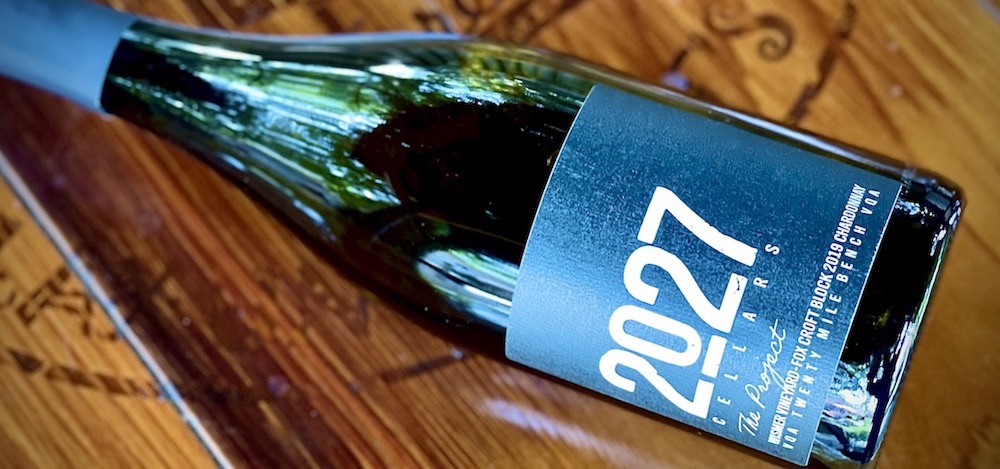
2027 Cellars “The Project” Chardonnay 2019 ($48, 95 points) — In October of last year, I got a sneak peek at a secret batch of wine owner/winemaker Kevin Panagapka was calling the “PBR project,” named after Peter Bodnar Rod, who first suggested it. It was two barrels of Chardonnay he sourced from the Foxcroft Vineyard on the Twenty Mile Bench and aged in his finest French oak (50% new). Even in its infancy in barrel it was a killer wine with the more overt, yet elegant oak nuances bringing a new dimension to his carefully curated terroir-driven Chardonnay collection. The Fox Croft block of the Wismer Vineyard is located on the corner of Victoria Avenue and Moyer Road in Vineland. Fox Croft tends to be slightly warmer due to lower elevation on the bench. The final wine was blended at 50% new oak (25% Damy 3-year air dried, Never), (25% Damy 3-year air dried, Allier) after 12 months the wine was returned to two neutral barrels for an additional 6 months for integration. I first tasted this wine with Rod after decanting and chilling it in the fridge for three hours prior to tasting. We swirled and swirled as it slowly warmed and opened up. “It has structure and intensity,” exclaimed Rod. “It’s nuanced and layered. It will grow and become more complex in the coming years.” What an astonishing Chardonnay, perhaps the best Panagapka has made, and that’s saying a lot. Such a beautiful nose of fresh pear, a vein of saline minerality, lemon blossom, savoury notes, yet pretty and perfumed, with touches of apple and citrus and fine oak spice notes. And that “just right reductive note,” observed Rod. It gets even better on the palate with dense pear/apple/quince fruits, layers of wet stones and fresh salinity, some almond nuttiness, an interesting subtle reductive note, elegant spices, electric acidity and showing great poise, finesse and balance with a finish that echoes for minutes. This is a special Chardonnay and one that will pay big dividends in your cellar for five+ years. I just love the whole idea and concept of Panagapka stepping out of his comfort zone to try something completely different and succeeding.
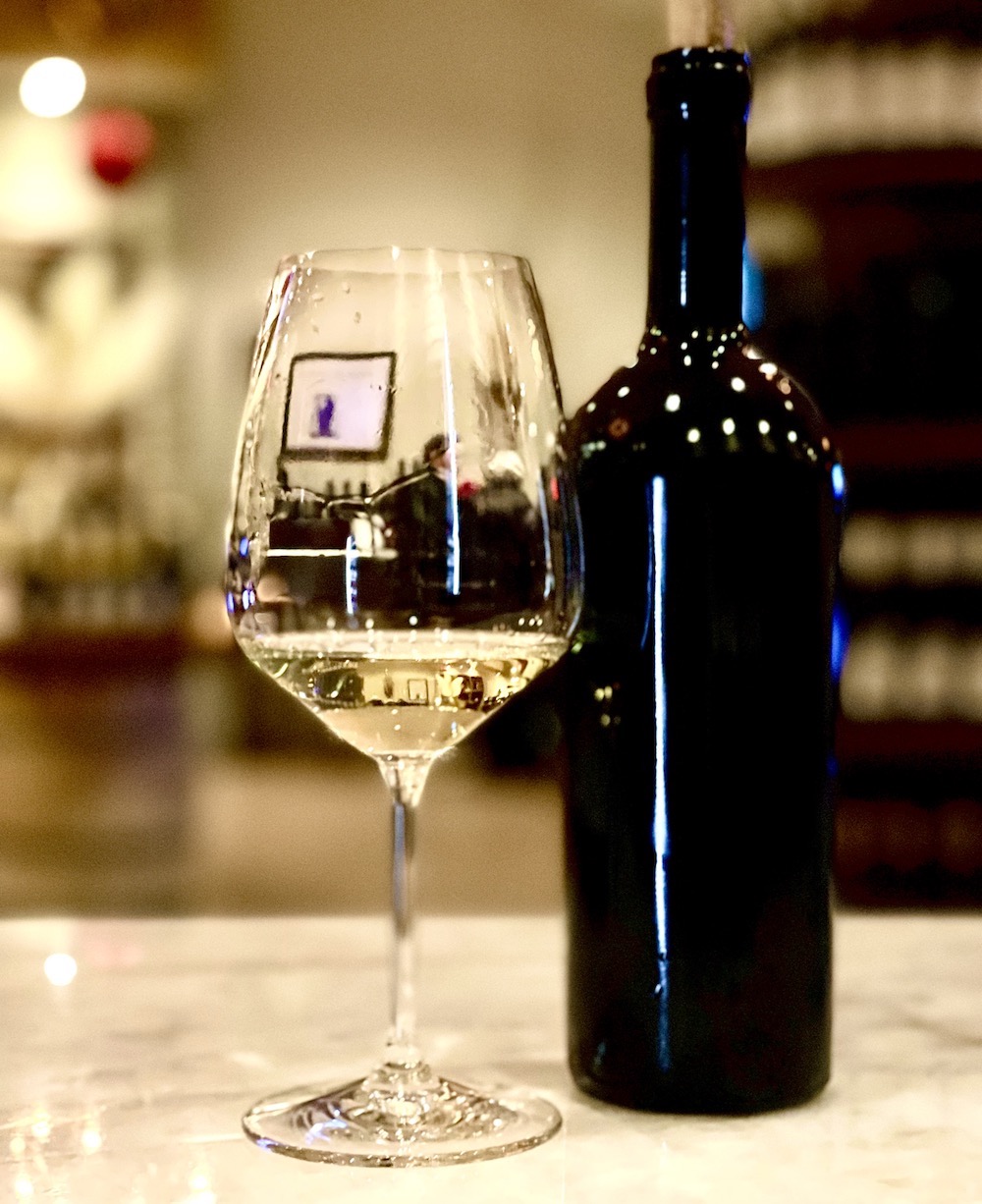
Two Sisters Eagle Eye White 2019 (Will retail in the $75 range when released, re-tasted for this list, 95 points) — This is winemaker Adam Pearce’s newest baby, and only white, in the Stone Eagle family of wines at the highest end of the portfolio. And what a worthy wine it is! The blend is 62% Semillon and the rest Sauvignon Blanc from sourced vineyards that is aged in 100% French oak, 25% of which is new oak, for 11 months. When released, and there is still no date for that as labels are just being printed as I write this, it will be the most expensive white wine in the portfolio and will follow the other Stone Eagle wines to the new sister winery being built on Niagara Stone Road (across from Stratus). It is, no doubt, a tightly wound white wine that will benefit from further bottle age and time in the cellar once released. I approached Pearce earlier this month for another taste of this wine to confirm my earlier notes and to add to them. I was even more convinced this is a special wine on my second tasting. Once you let this breathe a bit with vigorous swirling it reveals a beautifully elegant nose of grapefruit, lemon curd, baked pear, lanolin, melon, subtle chamomile, flinty minerality and oak spice notes. This is a wow wine on the palate with such depth and power with an almost oily texture, complexity and structure to go with a much more expressive array of grapefruit, orange zest, ripe pear, baked apple, lemon tart and elegant spices that linger on the palate for five minutes or more. This is still developing and will reward with more cellaring, but, OMG, it is a gem. One of the best white wines I have tasted this year from Ontario.
The Most Thrilling
Niagara Red Wine of 2021
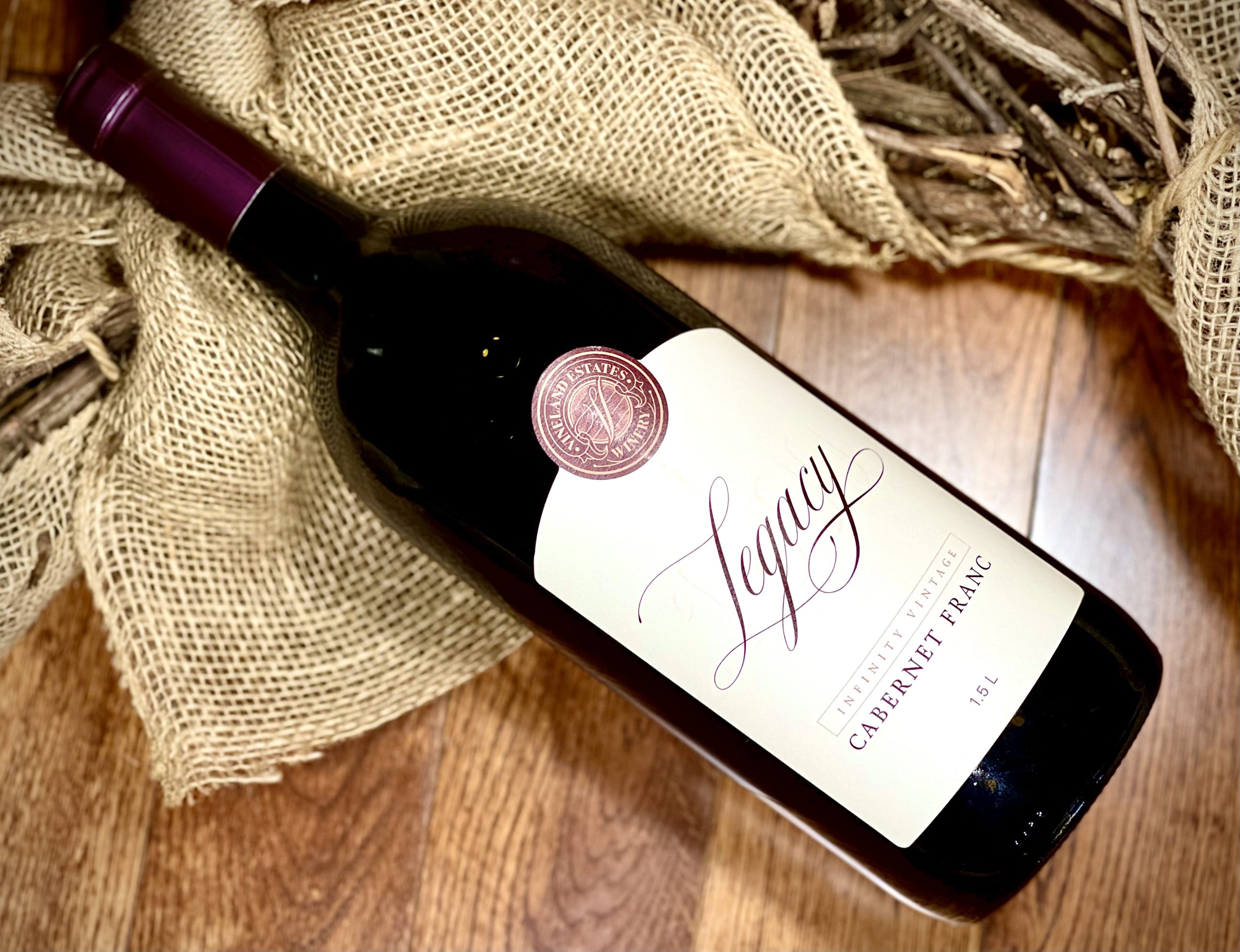
Vineland Estates Legacy Cabernet Franc Infinity Vintage ($300 for magnums only, 95 points) — If there has been a more unique or exciting wine made in Niagara, I do not know what it is. Winemaker Brian Schmidt set out 10 years ago to answer one big question that nagged at him: “Ultimately, I wanted to say what does the Bo-Teek Vineyard taste like?” Bo-Teek is one of two main estate vineyards Vineland sources its key grapes from and Schmidt began the quest of “seeking the truth to tell our story honestly so we don’t have to make it up.”
He identified a tiny block (less than an acre) with a rare (for Bench wineries) south-facing slope and planted his beloved Cabernet Franc grapes (Clone 214) in 2010 with a vision for create an “infinity vintage” red wine. The first grapes were harvested in 2012, which were pressed, vinified and put into a neutral oak barrel. This was repeated with all vintages up to 2020, aside from 2016 due to heat stress, until a reserve of 2,750 litres of wine was aging in 600 L barrels. Schmidt and his team bottled the first magnums after the 2020 grapes were added to the 10-year project with a total of 639 magnums for sale. Only enough of the multiple vintage wine is drawn off to leave behind precisely 1,800 litres (three 600 litre demi-muid barrels) for future blending with subsequent vintages. Schmidt calls the Legacy “a true expression of place. Vintage itself confuses the issue, vintage frames the discussion.”
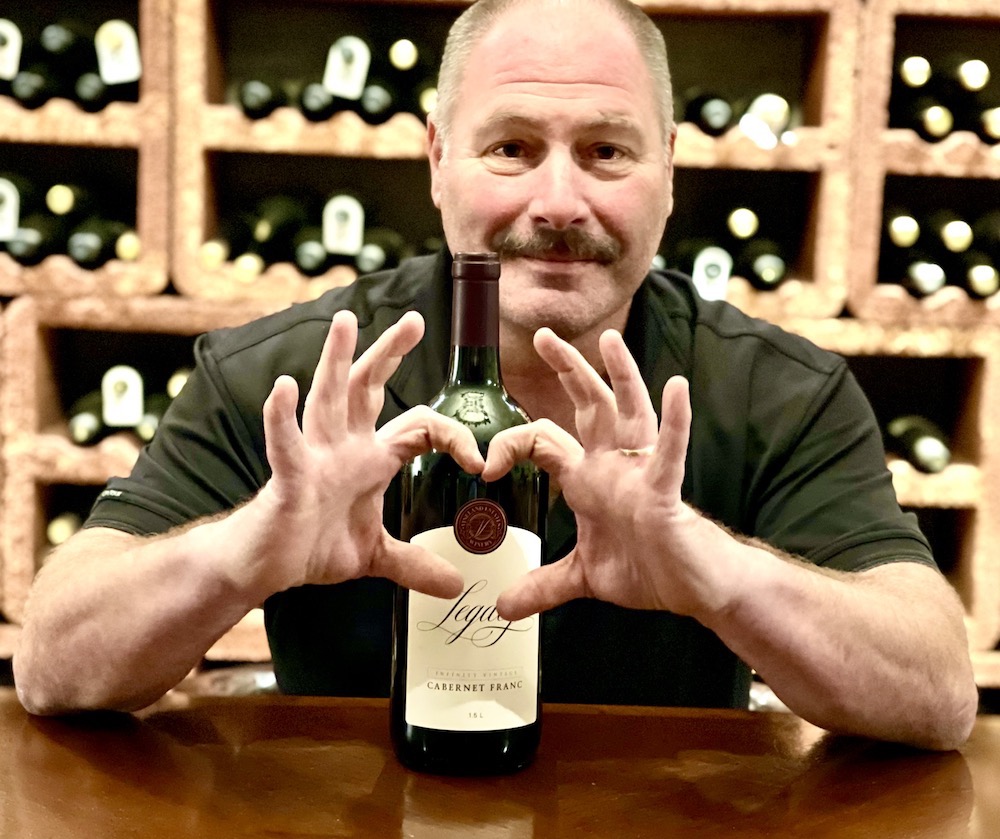
He says the wine provides a consistent thread regardless of vintage. “I never dreamed I’d be bottling a wine like this.” The personality of the vineyard, the terroir, if you will, says Schmidt (above), is beginning to emerge. Tasting this magnificent bottle, Schmidt revels in the elegance of the wine, the blueberry pie notes, the fresh spring flowers, silky tannins (“no rough edges”), anise and fennel. I would describe it as a delicate and attractive Cabernet Franc on the nose with black raspberries, anise, cassis, some wild blueberry notes, floral accents, toasted, unobtrusive oak spice and nuanced. It’s beautifully balanced on the palate with profound cassis and anise, ripe red berries, depth and complexity with silky tannins, subtle savoury notes and fennel with a long, polished and lifted finished that promises a bright future in the cellar. I love everything about this wine, the innovation, the dogged dedication to a vision, the result and the fact that Schmidt insisted that a third of the cost of this wine is going to charity. That is why it is our most thrilling Niagara red wine of the year.
The rest of the Most Thrilling
Niagara Red Wines of 2021
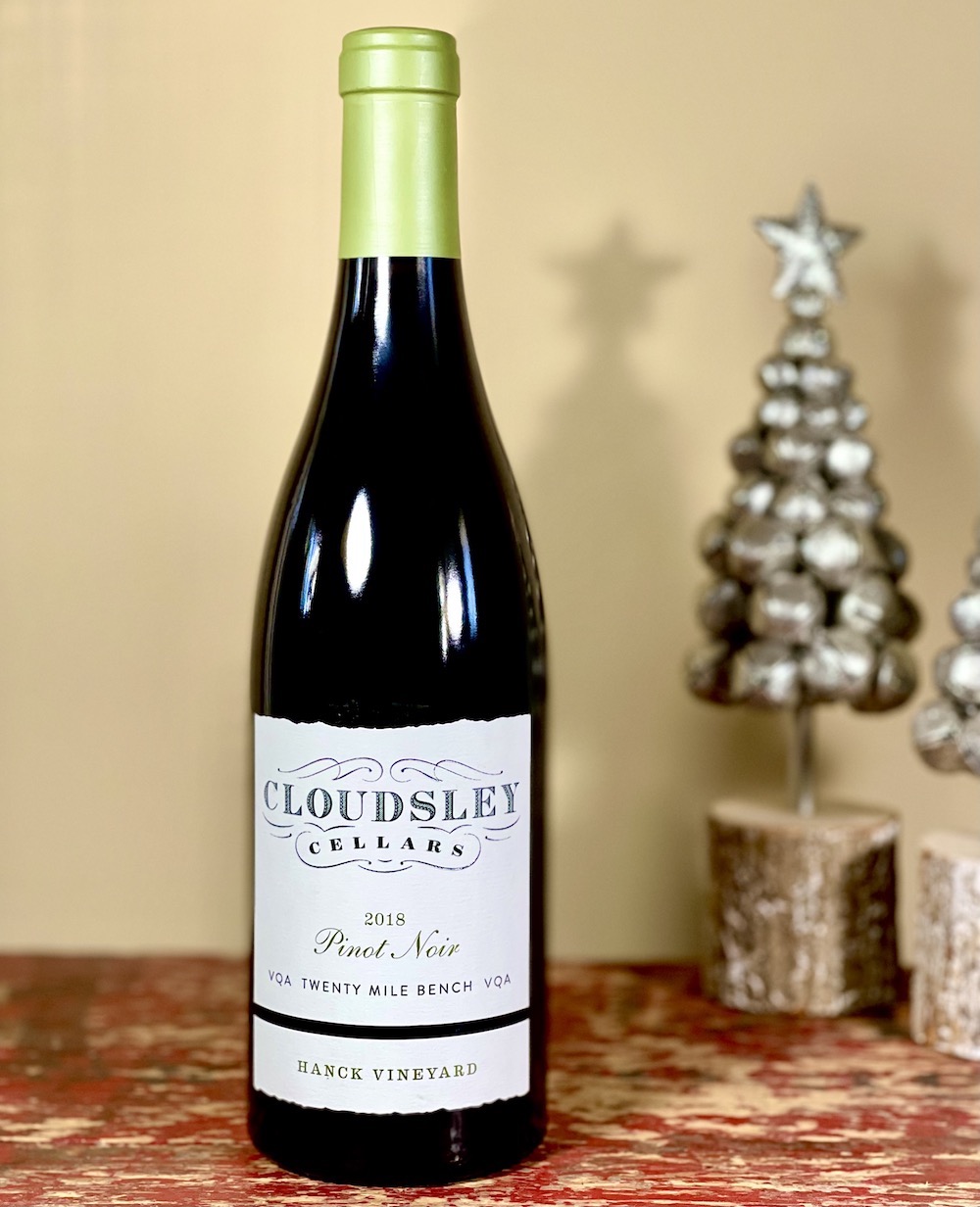
Cloudsley Hanck Vineyard Pinot Noir 2018 ($50, 94 points) — The Hanck Vineyard, located just northeast of the winery on Victoria Ave. in Vineland, was planted in 2007 with clones 114 and 777. It is wild fermented, aged for 18 months in French oak (27% new) and bottled unfiltered and unfined. This is by far the most strikingly different from the other Pinots in the well-curated quartet from 2018. It has such a pretty and forward nose with ripe red berries, brambly raspberries, violets and light integrated oak spices. It’s complex and layered on the palate with succulent red berries, iron/bloody minerality, some cassis notes with fine-grained tannins, structure, length and a long, echoing finish propelled by racy acidity. This Pinot can be laid down for 5+ years, maybe more. A beautiful Pinot that is showing wine lovers that Cloudsley is a serious player in the Pinot/Chard domaine.
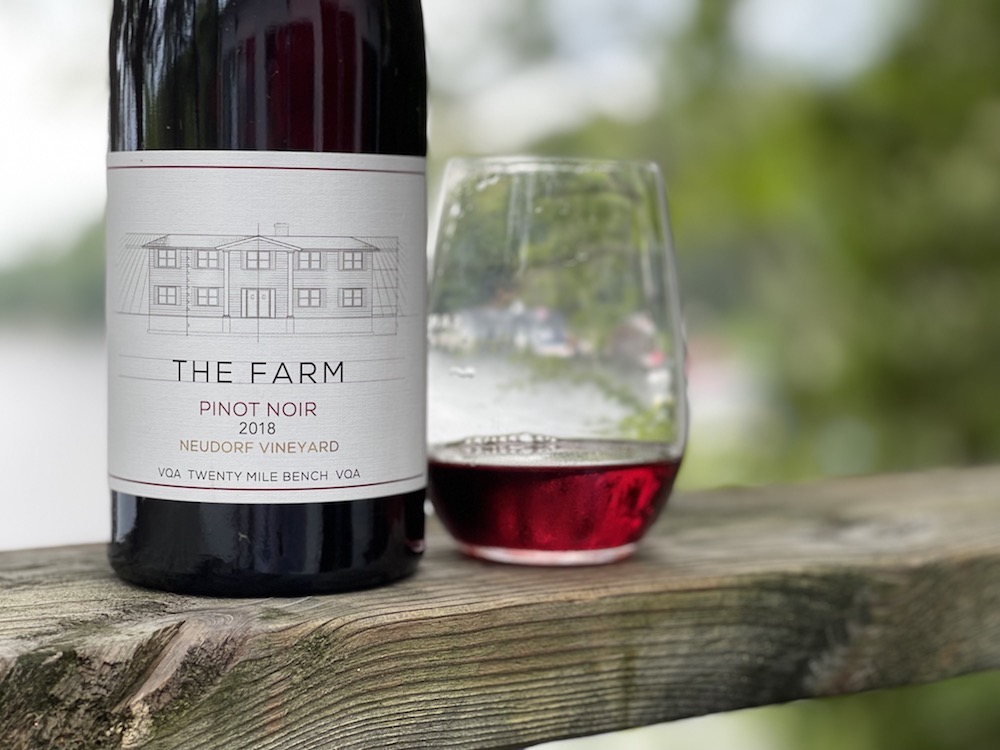
The Farm Neudorf Vineyard Pinot Noir 2018 ($55, 94 points) — The grapes for this estate Twenty Mile Bench Pinot are hand picked, hand sorted and undergo wild fermentation (both primary and secondary) with a cold soak and a long maceration on skins post fermentation. It’s fermented and aged in French oak barrels ranging from second fill to completely neutral. The Neudorf has such a pretty and penetrating nose of richly perfumed cherries, strawberries, wild raspberries, floral notes, sweet, but understated, oak spices with just a hint of earth and mineral notes. The highly concentrated red berries on the palate carry effortlessly along a bed of silky, fine-grained tannins with lovely elegant spice notes and a long, vibrant and lifted finish. You can cellar for 5+ years, but it’s incredibly delicious right now. A fantastic swan song from winemaker Kelly Mason who has turned the winemaking reins over to Morgan Juniper for subsequent vintages.
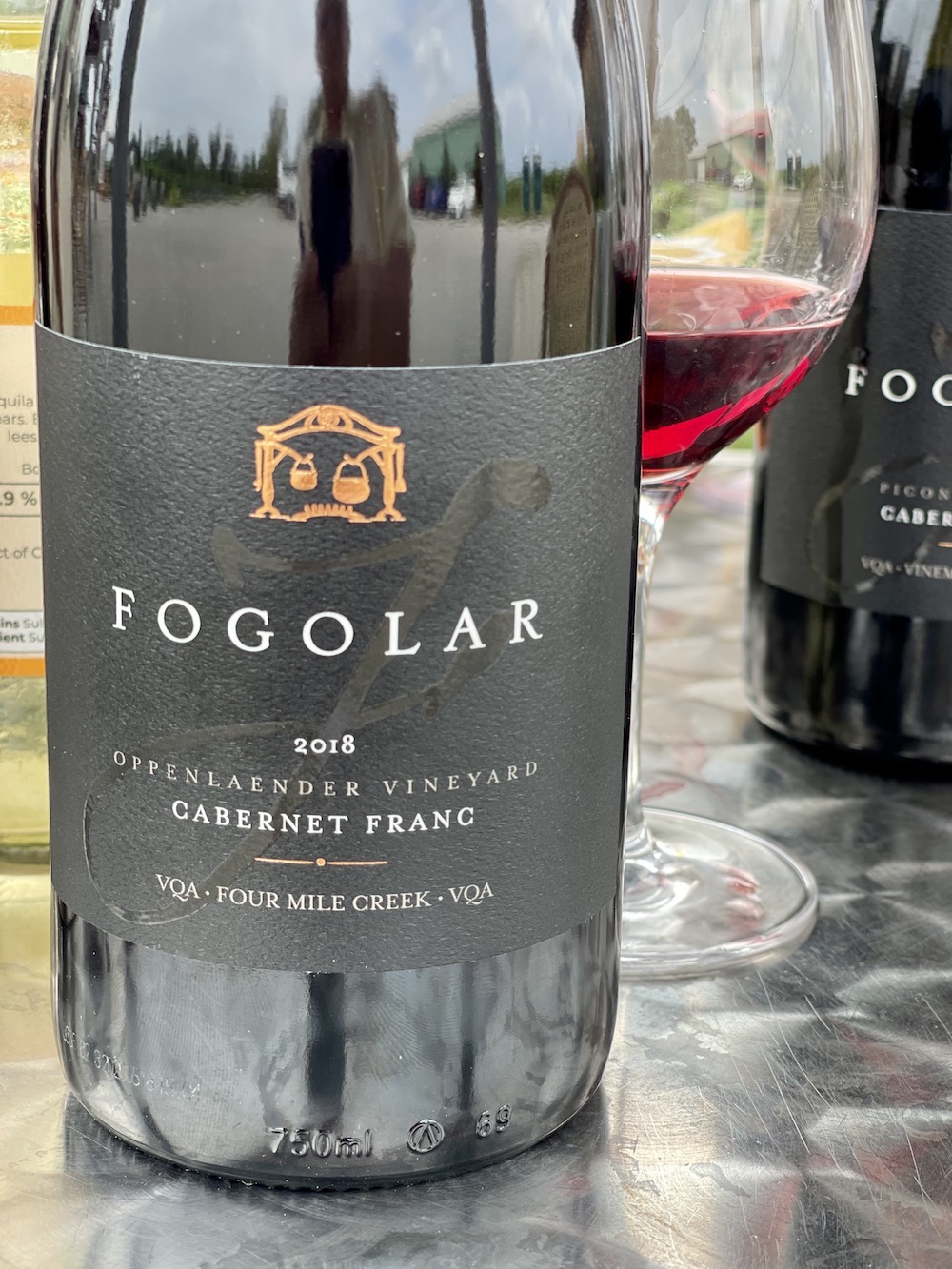
Fogolar Oppenlaender Vineyard Cabernet Franc 2018 ($37, 93 points) — The fruit from the Oppenlaender Vineyard was machine picked and optical sorted before being fermented whole berry for 28 days, then pressed. It was aged in used French oak for 24 months before being filtered and bottled. What a gorgeous expression of CF with a savoury nose of brambly raspberries, ripe dark cherries, herbs, an underlying floral note with some oak spices. There is an elegant feel on the palate from the rounded tannins in support of brambly red berries, cigar leaf, spice and herbs with a lifted and long finish. Can cellar 5+ years.
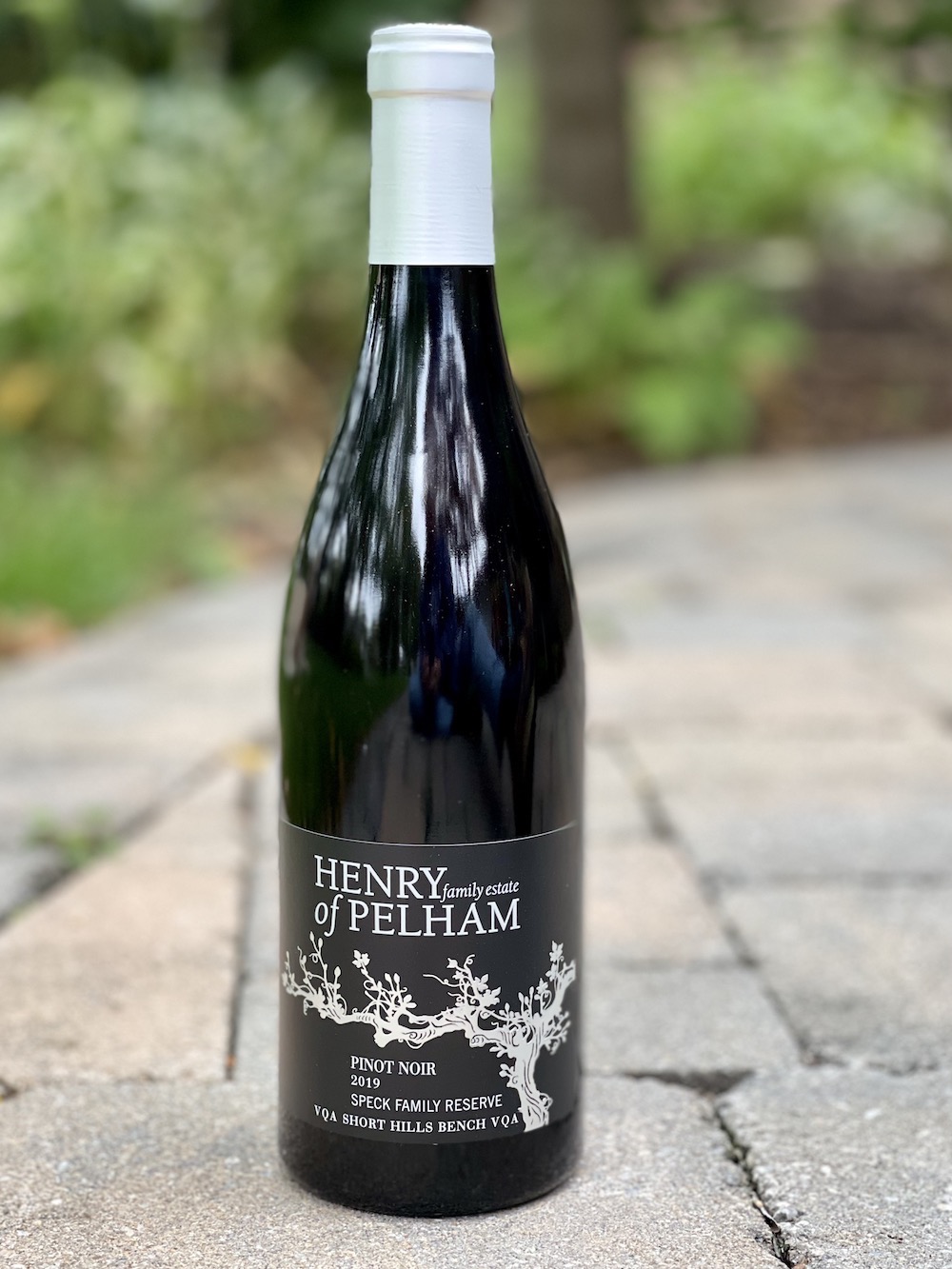
Henry of Pelham Speck Family Reserve Pinot Noir 2019 ($35, 93 points) — This top tier Speck Family Reserve Pinot is sourced from Block 100 at the “Old Farm” Vineyard. The wine is aged in European oak barrels, 30% of which is new oak. This is on the sturdier side of Pinots with interesting complexity and firm structure for long aging. The nose is tight and begins with earthy/woodsy notes followed by black cherries, mulled and brambly raspberries, crunchy cranberries, spice rack and violets. It’s lovely on the palate with ripe red berries, earthy/spicy notes, anise and fine-grained tannins that all lead for a pleasant and finessed finish. It’s a young Pinot and needs time to fit into its skin, cellaring for 5+ years will pay big dividends.
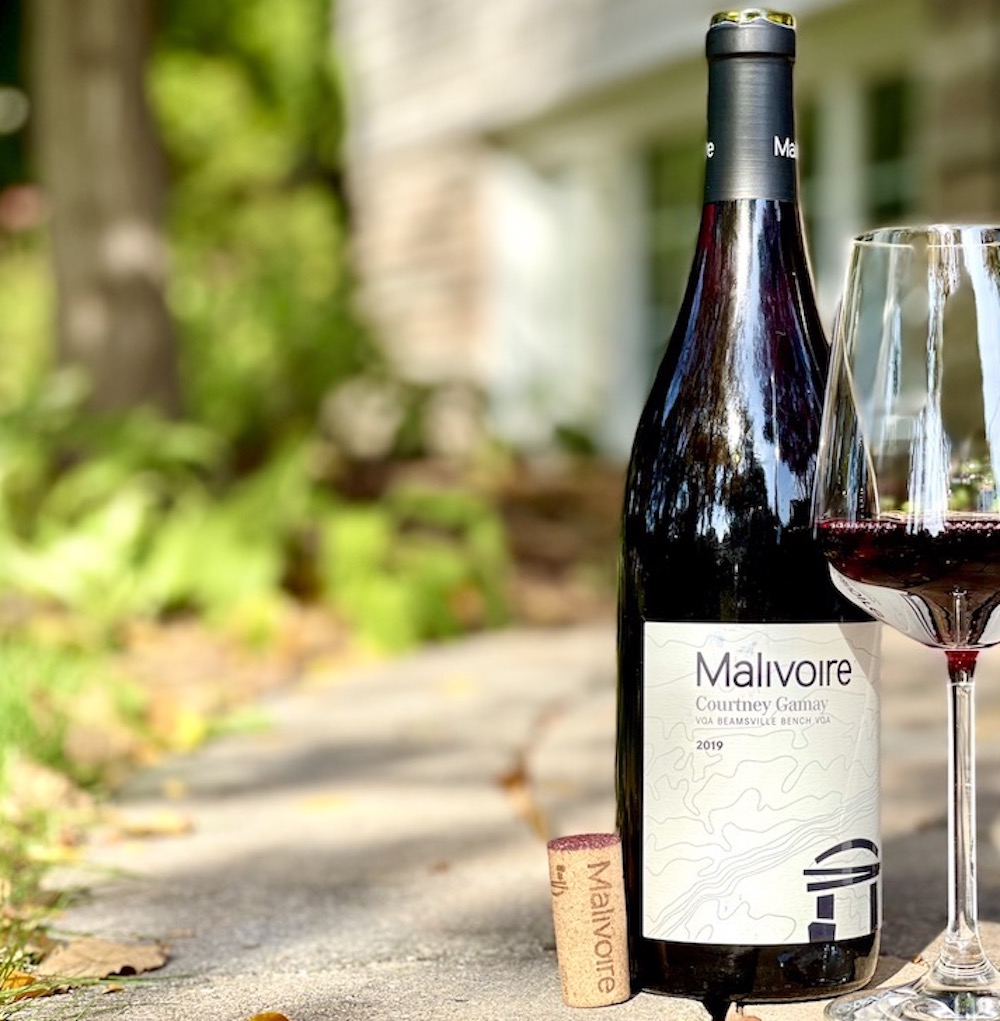
Malivoire Courtney Gamay 2019 ($30, 93 points) — No one is exploring the full potential of soulful Gamays in Niagara more than winemaker Shiraz Mottiar and his team. With a growing portfolio of Gamays sourced from different vineyards and made in different styles, Malivoire’s deep dive into this grape is simply fascinating. Once the Courtney was destemmed and crushed, the fruit was fermented in large format oak cuves. 93% of the wine was aged in neutral oak barrels while the rest was aged for 10 months in new oak before being transferred to neutral oak for a total of 16 months. This shows the serious side of Gamay with a savoury, earthy nose of brambly raspberries, plums, anise, garden herbs and integrated spice. It shows structure, ripe tannins and complexity on the palate with the full range of red berries, cranberries, peppers, spice, touch of smoke and a long, lifted finish. It has the stuffing to improve for five or more years in the cellar. Really fine Gamay and not the chugging kind!
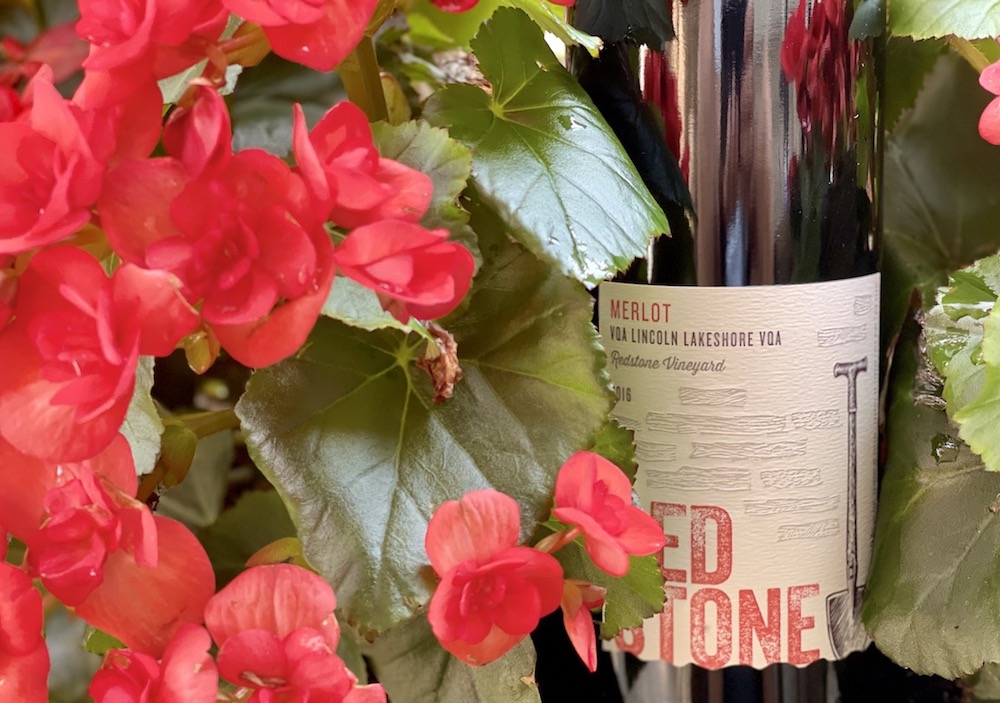
Redstone Merlot 2016 ($46, 94 points) — The fruit is sourced from the estate’s Redstone Vineyard and is aged for 16 months in French oak barrels (35% new oak). Simply put, this is a showstopper of a Merlot, a beautiful wine that provides a clear answer to why grape growers and wineries continue to take a chance on this variety that doesn’t fare well in the harshest of Niagara winters. What a gorgeous wine! It has a concentrated nose of rich black cherries, almost kirsch-like in its concentration, followed by ripe cassis, layers of interesting oak spices, plums and nutmeg. So intriguing. It’s seductive and powerful on the palate with a complex array of rich cassis, dark cherries, warm chocolate, subtle peppery notes, evolving tannins, integrated elegant spice notes and a richness and plushness that travels effortlessly through the long, finessed finish. Who knew Niagara could make Merlot this delicious? A long lived red that can cellar for 10+ years.
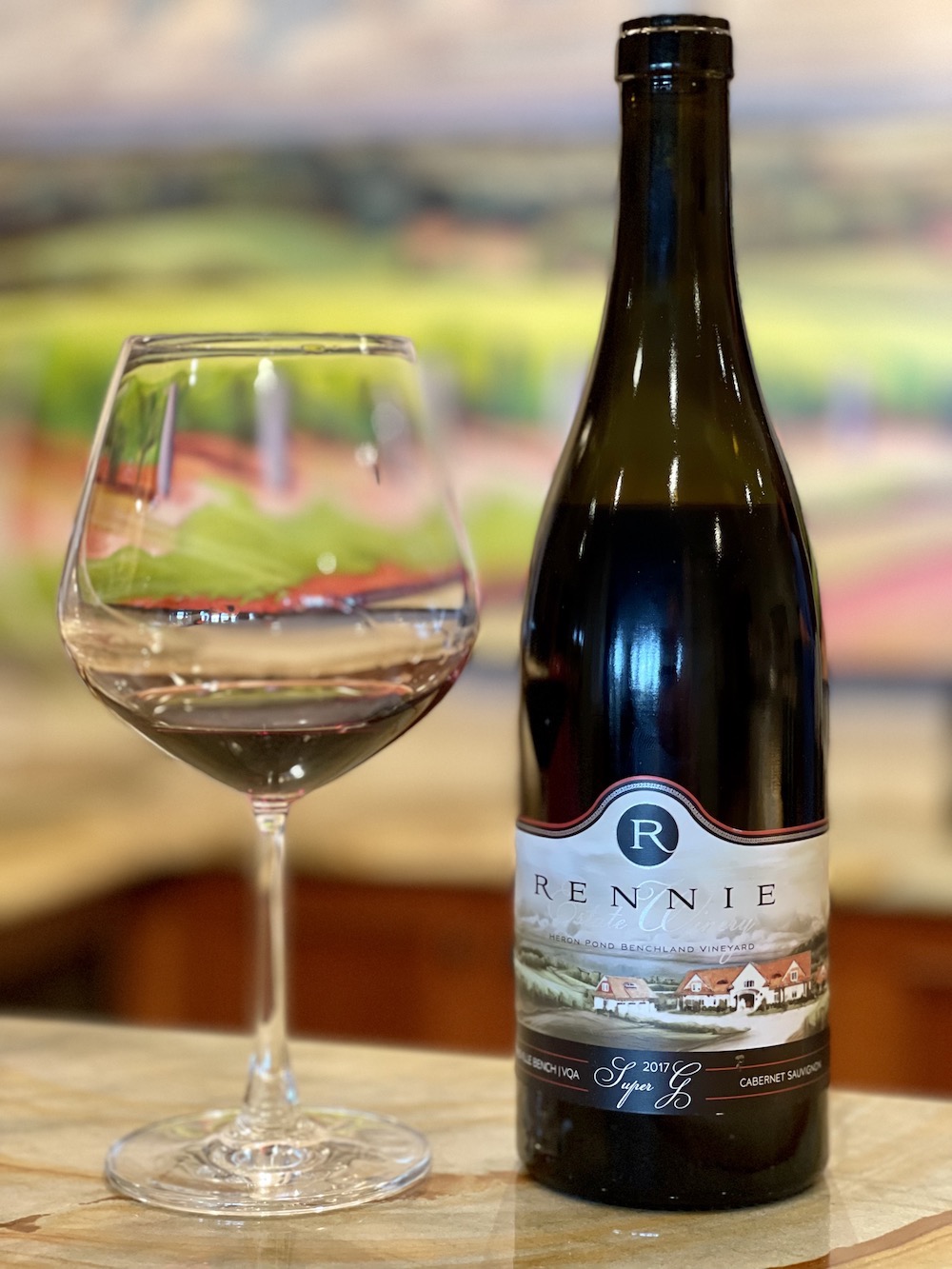
Rennie Estate Super G Cabernet Sauvignon 2017 ($125, 94 points) — Super G is “my favourite wine and the one that really tells me what the vineyard can do,” says owner Graham Rennie. The first full appassimento wine Rennie and his winemaker, Shiraz Mottiar, made, called Gaia at the time and made from Merlot, was in 2010. Rennie poured a taste of that wine alongside his new vintage, and, my, oh my, what a beauty and just now coming into its own. Super G is constructed from hand-harvested grapes picked on Nov. 7 from 22-year-old Cabernet Sauvignon vines located on a select, west-facing shelf at the estate’s Heron Pond Vineyard. The sugar was at 22.2° Brix at harvest and increased to 30.1° as the grapes were chamber-dried for 65 days, losing 34% of their weight. The dried fruit was first vinified in a small tank, undergoing gradual primary and full malolactic fermentation. The free-run juice was transferred to French oak barrels, 75% of which were in first use, and aged for 28 months. When bottled in August 2020, alcohol was measured at 16.5 % and residual sugar was 0.6 g/l. Only 37 cases are available. This is a super-concentrated, powerful red wine with a hedonistic nose of mature plums, black currants, juicy kirsch, mocha, cloves, rich and elegant spices and never-ending persistence. It fills the mouth with a river of fruit, alcohol and tannins, highlighting ripe, dark fruits, anise, red berry compote, sweet dried herbs, dark chocolate, nutmeg, decadent spices, some tar and toffee notes with a long, luxurious finish that will need time to fully integrate all these glorious moving parts. A structured and powerful red wine that will pay dividends with a fair amount time in the cellar, say 10+ years. You could not go wrong pairing this with a big juicy steak now, however.
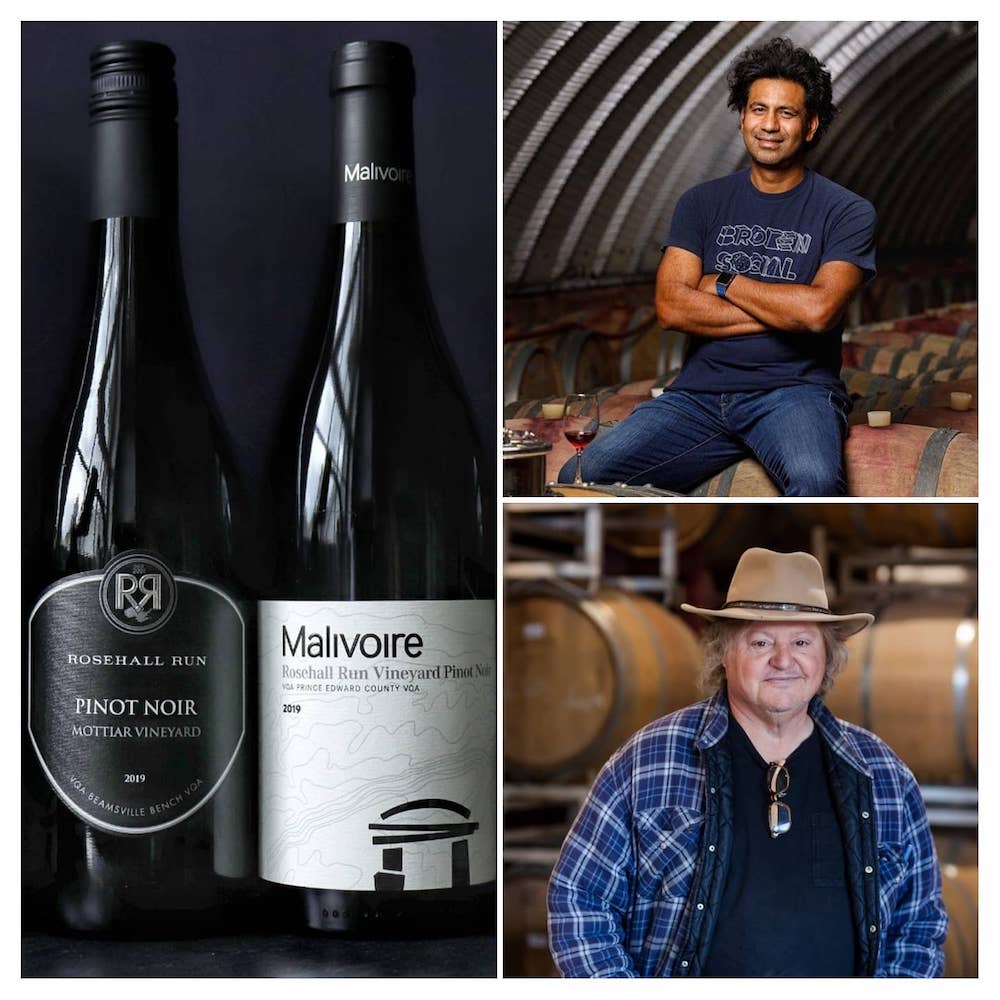 Rosehall Run Small Lots Mottiar Vineyard Pinot Noir 2019, Beamsville Bench ($40, 93 points) —This Niagara Pinot made by Rosehall Run owner/winermaker Dan Sullivan was done in conjunction with Malivoire winemaker Shiraz Mottiar making a Pinot from Sullivan’s Prince Edward County estate vineyard. This version absolutely shouted out to me that it was 1) Beamsville Bench and 2) Sullivan’s version. Sullivan is fanatical about his oak treatment, always tweaking and experimenting, while Mottiar is the same, but uses less oak and nearly always neutral barrels and/or concrete or stainless steel vats. In this wine, Sullivan used a mix of two different French cooper oak barrels, with shorter aging than he uses for his own signature JCR Pinot. The nose is fleshier than the Rosehall fruited wine with riper cherry/raspberry fruit, some earthiness, spice, a lovely chalky minerality with a floral note. It has gorgeous texture, a bit more depth and structure with dense black cherries, wild raspberries and a touch of bramble, cassis, minerality and seductive barrel spice notes. This has a bit more oomph on the palate with a lifted finish. Can cellar 5+ years. Note to Ontario winemakers: Please do more of this! What fun.
Rosehall Run Small Lots Mottiar Vineyard Pinot Noir 2019, Beamsville Bench ($40, 93 points) —This Niagara Pinot made by Rosehall Run owner/winermaker Dan Sullivan was done in conjunction with Malivoire winemaker Shiraz Mottiar making a Pinot from Sullivan’s Prince Edward County estate vineyard. This version absolutely shouted out to me that it was 1) Beamsville Bench and 2) Sullivan’s version. Sullivan is fanatical about his oak treatment, always tweaking and experimenting, while Mottiar is the same, but uses less oak and nearly always neutral barrels and/or concrete or stainless steel vats. In this wine, Sullivan used a mix of two different French cooper oak barrels, with shorter aging than he uses for his own signature JCR Pinot. The nose is fleshier than the Rosehall fruited wine with riper cherry/raspberry fruit, some earthiness, spice, a lovely chalky minerality with a floral note. It has gorgeous texture, a bit more depth and structure with dense black cherries, wild raspberries and a touch of bramble, cassis, minerality and seductive barrel spice notes. This has a bit more oomph on the palate with a lifted finish. Can cellar 5+ years. Note to Ontario winemakers: Please do more of this! What fun.
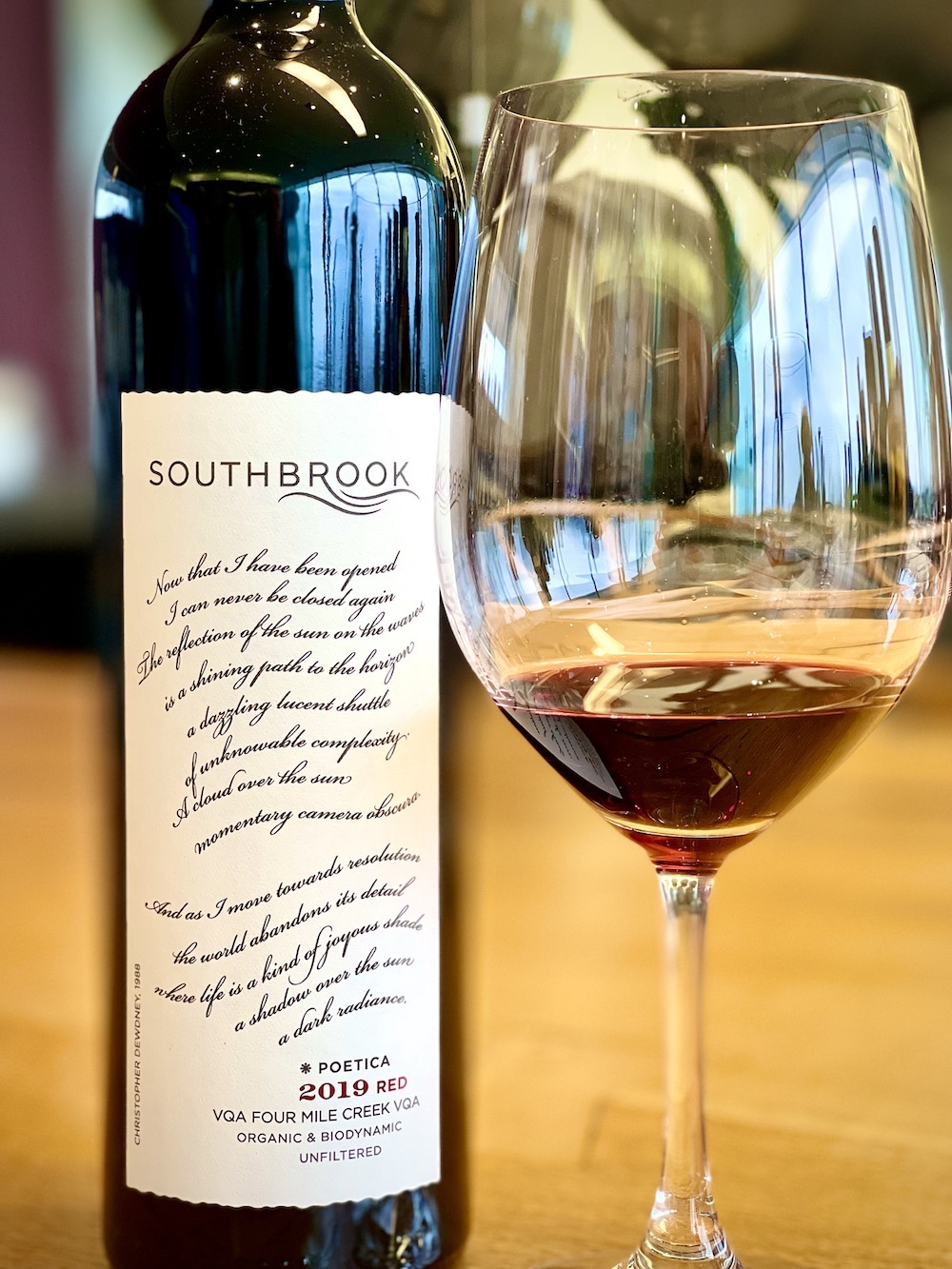
Southbrook Poetica 2019 ($70, first review, 93 points) — This was one of the last the wines I tasted in advance of creating this list and it impressed me so much, I made room for an extra red wine to round the most thrilling red wines of 2021. The 2019 vintage won’t go down as one of the finest in Niagara history, but in the hands of skilled winemaker Ann Sperling, who carefully chooses the best grapes from the estate’s biodynamic and organic vineyards and then picks from the best barrels for this top red wine from Southbrook, an average vintage can shine. Poetica, with this year’s featured label poetry by Canadian Christopher Dewdney, is only made in the vintages Sperling and her team believe will stand up to the reputation of the name, and due to some bad winters and replanting, there were no Poetica red wines made in 2014, only a tiny bit in 2015, and none in 2017 or 2018. The 2019 blend is 65.4% Merlot and 34.6% Cabernet Sauvignon. Clusters were sorted and whole berries were fermented in micro-cuvee lots in open top new French oak barrels. After pressing, the lots were returned to the barrels for 13 months of aging and then tasted, assessed and blended. The blended wine received an additional five months in neutral oak barrels. The Poetica is normally a Cab Sauv dominant blend, but due to the vintage, Merlot took a lead role. It has a highly aromatic and elegant nose of ripe black cherries, perfumed and brambly raspberries, blue plums, subtle earthy notes, touch of cassis preserves and integrated fine oak spices. Such a soulful wine on the palate with ripe red and dark fruits in harmony, anise/licorice, earthy/savoury notes, leather, ripe and smooth tannins and richly spiced with tingling acidity holding it all together through a long finish. This will only improve in the bottle for 7+ years.
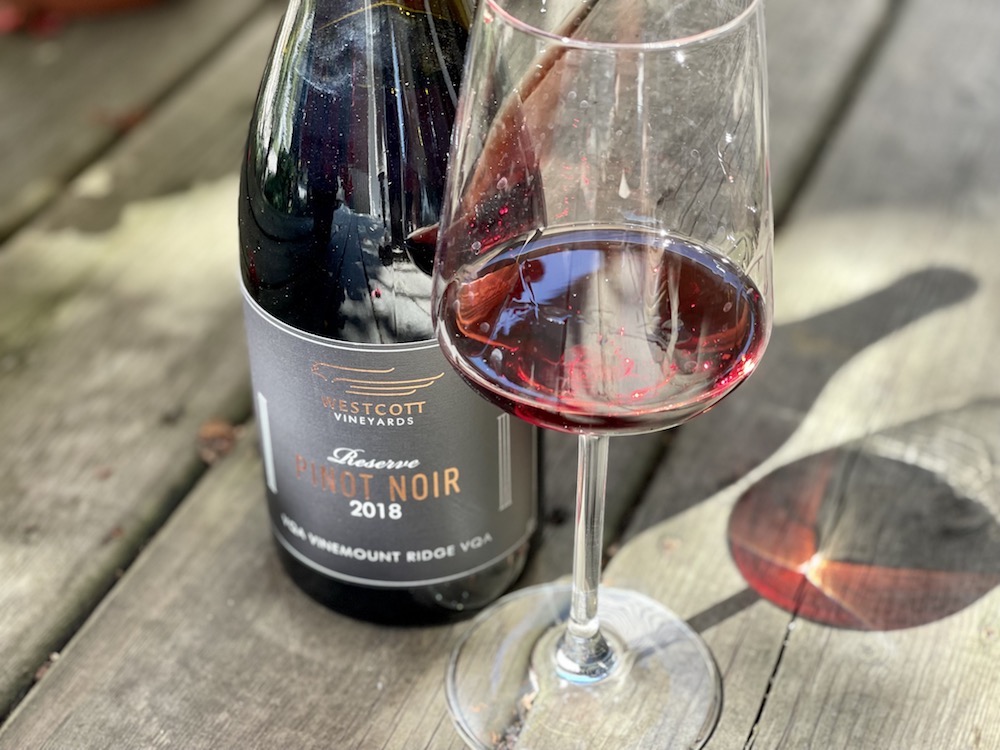
Westcott Reserve Pinot Noir 2018 ($45, 93 points) — This estate Pinot from the Vinemount Ridge is 100% whole cluster pressed, wild fermented and aged for 10 months in oak barrels then two additional years in bottle. It’s still tight even with that bottle age but a short decant reveals forest berries, black cherries and brambly raspberries, stylish oak spices, touch of earth and a floral note. It shows itself fully and completely on the palate with a tasty and rich mélange of ripe red berries, touch of cassis and anise, earthy/savoury notes, depth, ripe, fine-grained tannins and a lifted, vibrant finish. Can lay this down for 5+ years.
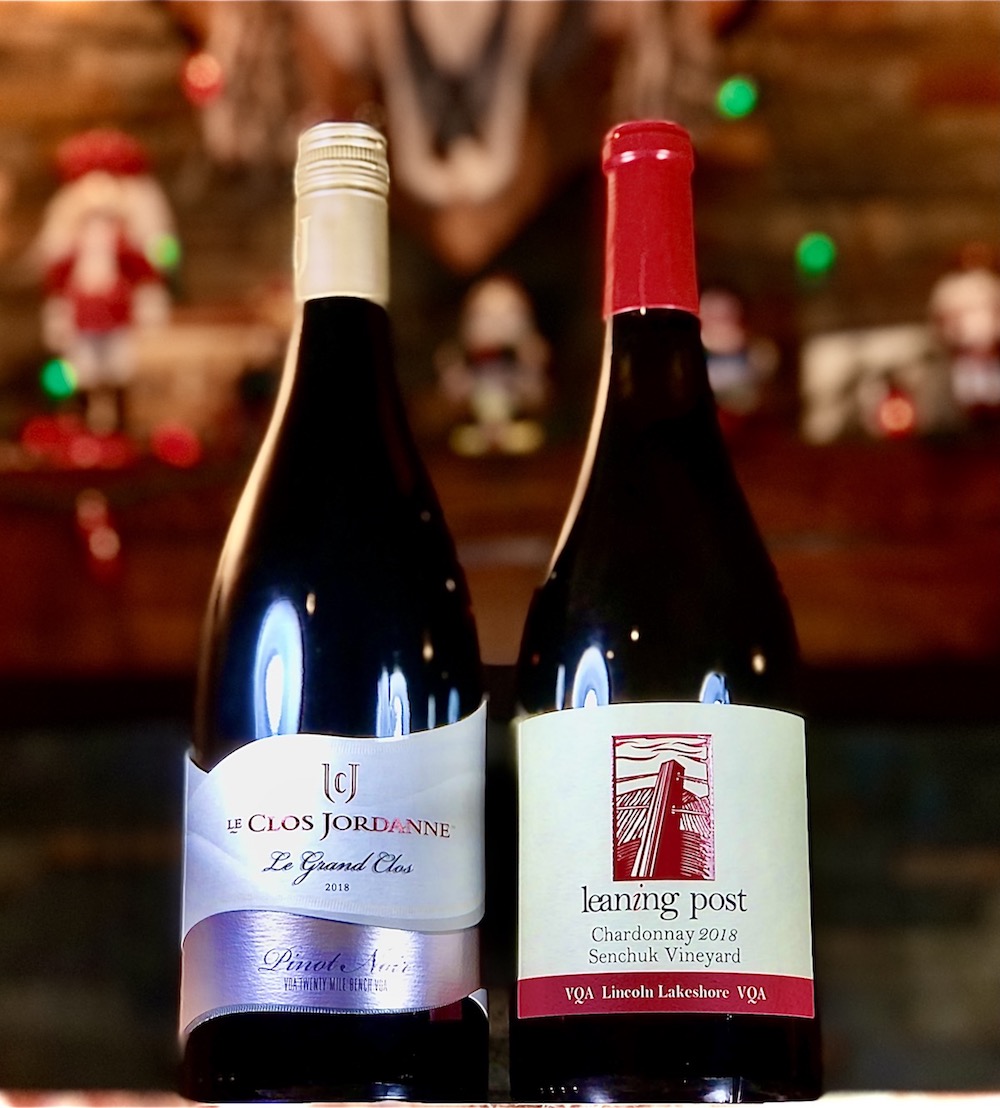
For a list of last year’s most thrilling wines and links to all lists previously published on Wines In Niagara, go here.






Nice article! A labour of love for sure! Thanks for such great work.